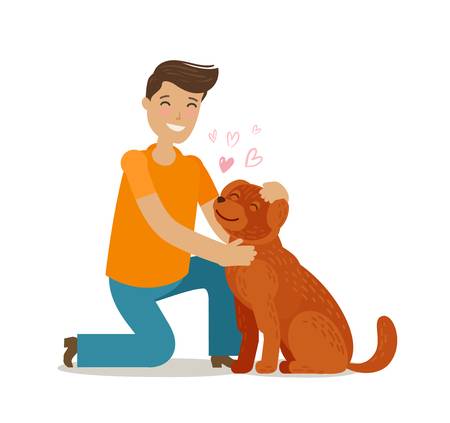Get Permission From Pets Before Petting

Animals are like people, sometimes they don’t like to be pet and loved on. There are signs to recognize when they don’t want to be touched. It is very important to respect them, and body language can intertwine with petting consent.
Giving a dog a choice if they want to be pet or not is very important for safety and to relieve stress. For some dogs that have been abused, they may be afraid of petting. First let the dog come to you, then watch the dog’s body language. Pet once or twice, stop, and watch. Then wait for an answer.
Cats are very clear on what they are trying to tell their owners/guardians. Usually cats don’t like to be pet, but depending on the personality of the cat, they may want to be pet on their own terms. This could include the most inconvenient times, when there is work or homework that needs to get done. To recognize this, cats sitting on things that you are doing, bumping their head against their owner. Petting a cat could cause overstimulation which cause agitation resulting in being bitten or scratched. For example, petting them on the back. Overstimulation starts out with the tail twitching, then the twitching becomes faster before they lash out. This could be because some cats have a lot of nerve endings on their back. Cats like to be pet around the head, cheeks, and chin. Watch the body language of the cat and know the amount of time your cat wants to be pet.
As prey animals, rabbits can be more fearful of people and approaching them while standing up could result in turning away, flicking their heels, and running off. The way to approach these animals is getting on to their level and pet on top of their head. Like most prey rabbits have eyes either side of their head, approaching them from the top of the head won’t cause fear-aggression. Fear-aggression is more defensive aggression. Offer a hand to see if they want to be pet. If they do, they will stretch their body out. If they don’t, they will turn their body around or lunge. According to an article by Rabbit Advocates, “Rabbits will not even pass each other without acknowledging one another’s presence by sniffing and bumping noses.” This could also be applied to rabbit parents. For example, your rabbit could come up to you and asking by bumping their nose on an ankle to be pet or to move out of there way.

Jilene Jensen has been in journalism for two years. She wants to advocate for those you can’t advocate for themselves, that includes animals and the...





